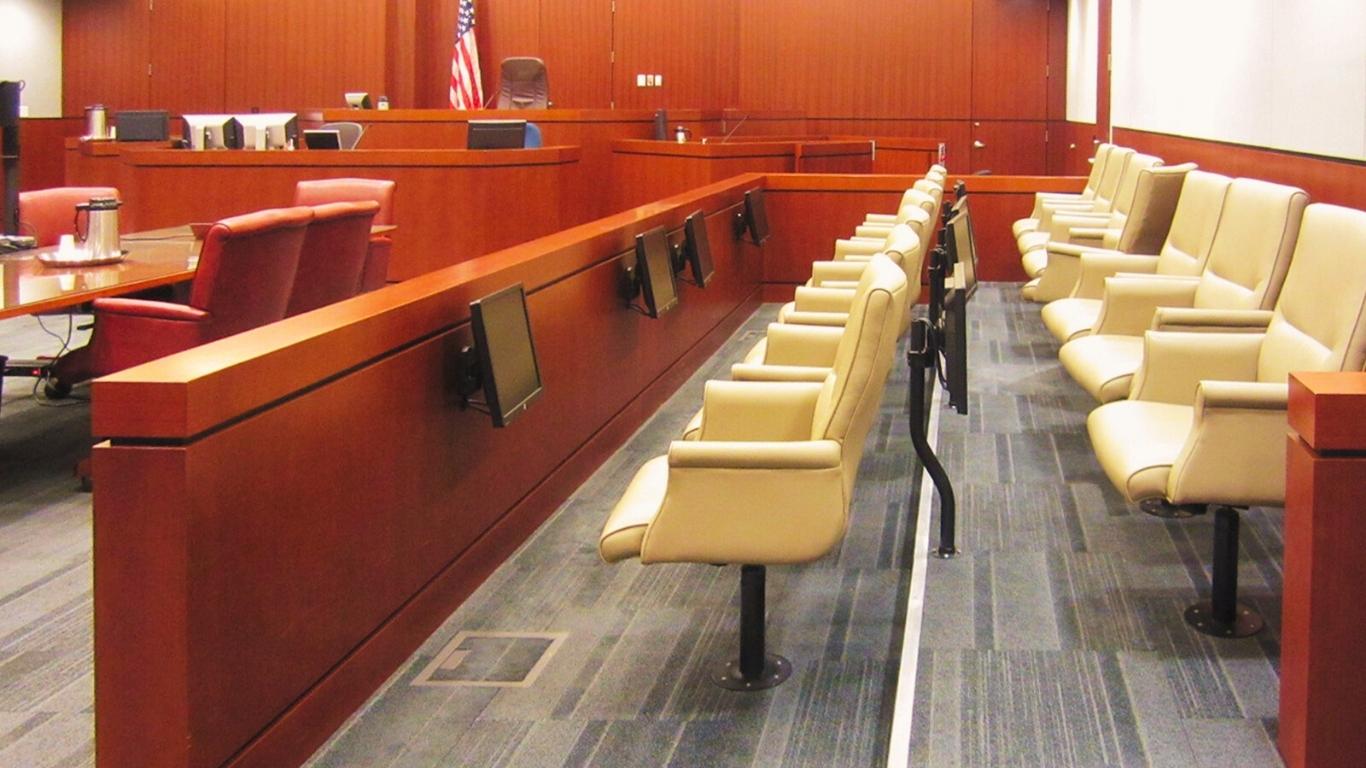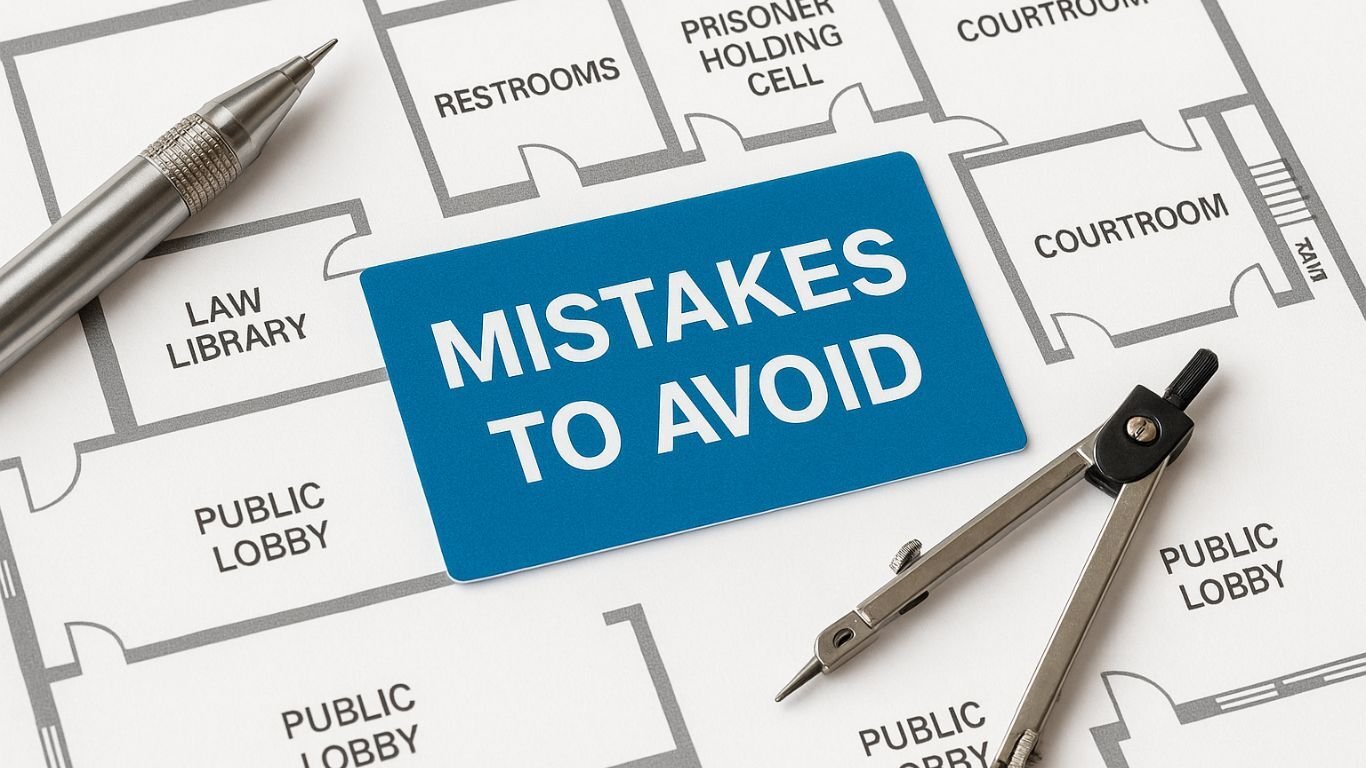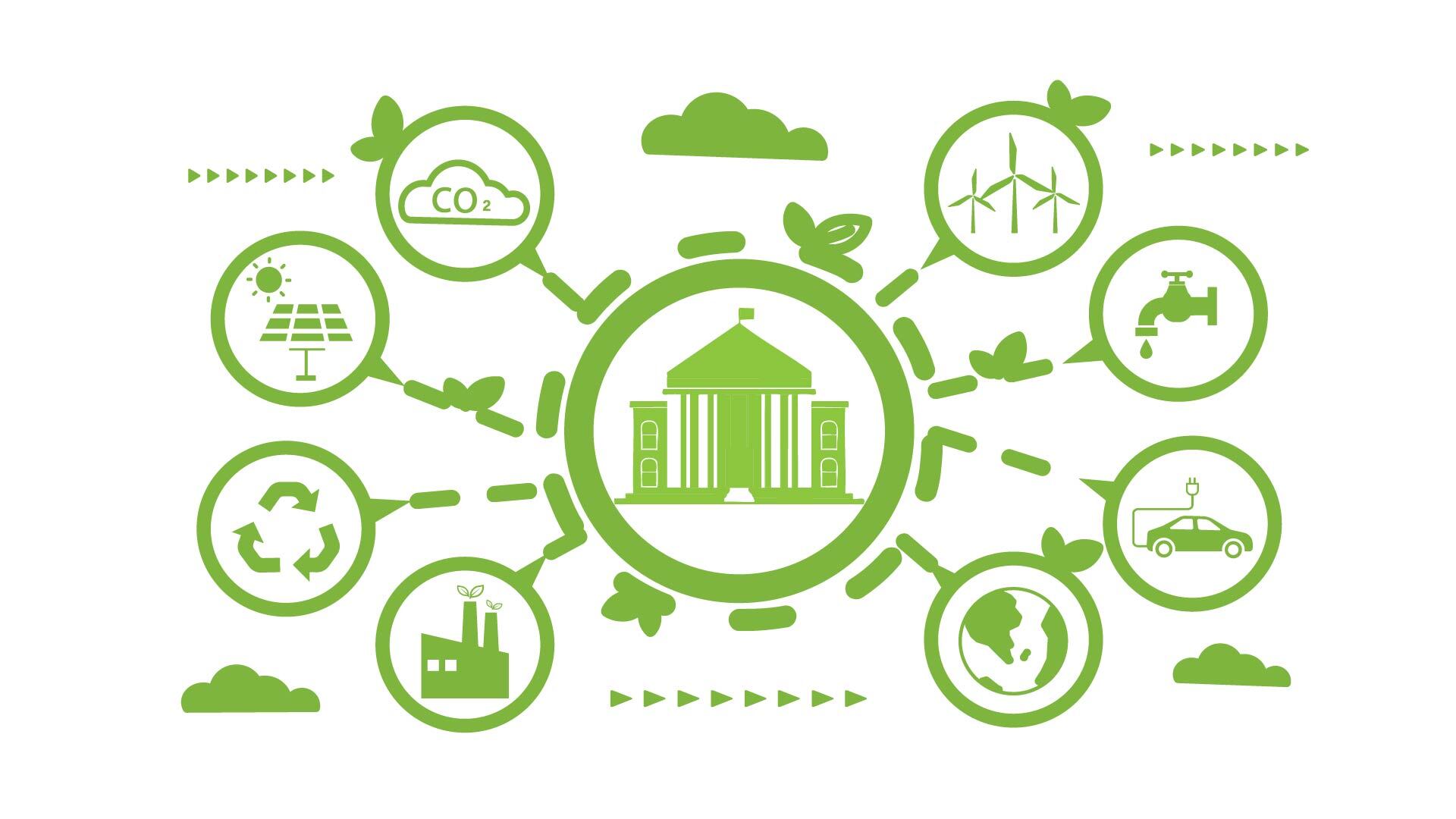There is quite a bit of debate right now about the best office design. In recent years, the trend has been toward open and collaborative workspaces (with many managers requesting the “Google layout”) but there is also a dissenting faction that believes that a traditional environment is far more productive. Just Google the phrase “google office layout” and you’ll see a list of articles that include “Google Got it Wrong – the Open Office Trend is Destroying the Workplace” and “Google Didn’t Get it Wrong: A Deeper Look Into that Recent Article About Open Offices” – a small sample of the wide variety, and disparity, of opinions on the benefits of non-traditional workplaces.
Rather than enter the fray over which design works the best, I thought I’d take a step back and ask two simple questions. Are your employees comfortable in the workplace? If not, why? The answer to both questions has a great deal to do with the design psychology concept of connectivity to space.
Connectivity to Space: The Concept
Being connected to a space, especially in a workplace, is not something we often think about. Sure, we can appreciate different aspects of an office, such as daylighting, artwork, furniture, etc., but how the space emotionally resonates with us can provide a deeper connection that can increase productivity and morale, decrease absentee rates, and even lead to a greater sense of well-being at the office.
The basic elements of office space include walls, ceilings and floors, doors and windows, and furniture and fixtures. The quality of these elements and of the overall design is certainly important. However, in the study of design psychology, it is the subtler aspects of these elements and the overall feel of the space that is important. These features evoke feelings – positive, negative, or neutral – that consciously or subconsciously affect how we feel about the organization and more importantly, how connected we are.
The Coffee Shop Experience – Design Psychology
Take your local coffee shop, for example. Coffee shops are found on nearly every street corner in every city and are equally ubiquitous throughout less urban areas. (I knew my small town had finally arrived when we got our first Starbucks, with a drive-thru to boot!) Now, think about the interior design and feel of the typical coffee shop. In most cases, the lighting is soft and warm. Depending on the time of day, the background music may be bright and energetic (morning), serene and thoughtful (afternoon), or upbeat or possibly even glamorous (evening). There is a mix of furniture and settings – tables and chairs, seating areas with upholstered easy chairs, counters and stools. There may be other elements – newspapers and magazines available on side tables, fireplaces, even board games. The overall feel of the space is intended to be warm and welcoming, to simulate a well-appointed den or lounge, and to invite customers to sit and relax while they’re enjoying their drinks and pastries.
These spaces are designed to evoke feelings of comfort and to provide us with a sense of ease and relaxation. Most importantly, they are intended to make us feel connected – to the shop itself and to the community.
The same concepts apply to office space.
The Modern Office and Architectural Determinism
Modern office designs contain a mix of various-sized workstations and collaboration areas. The typical goals of these designs are to reduce space and related facility costs and to encourage collaboration. The theory of architectural determinism is that design psychology determines behavior and, as it relates to the goal of encouraging group work and supporting work teams, it is certainly applicable, but what about the overall feel of the space?
Organizations hire architects to design offices but they don’t typically tell them exactly what or how to design. Instead, they describe a need for creativity and innovation among their personnel, or a desire to support team collaboration, or opportunities for managers to interact more with employees, or a need for privacy and concentrative areas. The architectural response to these requirements are spaces that are intended to shape behavior at the office. For example, smaller workstations in an open area with no visual or audio privacy can encourage interaction, as people sitting next to each other with no visual barriers are likely to talk more frequently than those in adjoining walled offices. Similarly, providing smaller touchdown stations for employees with laptops will encourage them to use team rooms for group work and focus rooms for individual work.
A Missed Opportunity
But is this practice – designing a workspace to encourage desired actions from employees – beneficial? In my opinion, no! I believe that having management subjectively choose the design goals to create a desired outcome is a tremendous mistake and a missed opportunity for the organization. I feel bad for the employees of companies that impose collaborative design goals and force employees into an open office space that is designed to attract tech savvy millennials or “encourage” (meaning “compel”) work practices.
Forcing people into an open and collaborative work environment can cause overstimulation (lack of audio and visual privacy), which can be distracting and can impact performance. Instead of a more cohesive and collaborative work environment, the result is often increased tension, decreased motivation and job satisfaction, and even higher absentee rates.
Understanding Your Employees
So, what’s the answer? This goes back to the questions I asked at the beginning. Are your employees comfortable in your workplace and if not, why? Rather than thinking about the type of behavior you’d like from your employees, think instead about how connected they are to the space, and what feelings are evoked by the design and feel of your space. Understanding your employees, their needs, their work patterns, even their individual styles, is essential. You can set the overall tone of your workplace with a warm and welcoming design and you can create settings that encourage and support different types of work practices and behaviors, but if you aren’t considering the actual preferences of your employees, you risk a design that is ineffective or that results in employees finding creative ways to accommodate their needs.
There are many ways to do this, including involving your employees in the planning and design of the office, surveying employee needs, conducting focus groups, etc., but I’d like to offer a simpler suggestion as a start: take a walk. Walk through your office, starting with the outside, and reflect on how the design and layout makes you feel. Does the space welcome you? As you walk around, does it make you feel as though you are part of a community where important work is being accomplished? Does the space capture the essence of your organization? Most importantly, do your employees feel comfortable and connected in their spaces? Are they using the spaces as intended or have they creatively reengineered the workplace to accommodate their needs (such as using team rooms for individual work or erecting homemade barriers in workspaces)?
If the answer to any of these questions is no, the next question is why. The answer to the why is your starting point for identifying the design changes you need in your workplace. So, throw out the articles that describe the overwhelming benefits of [fill in the blank here – open workspaces, traditional private offices, etc.] and focus on the design that will best connect your employees to your organization.






















